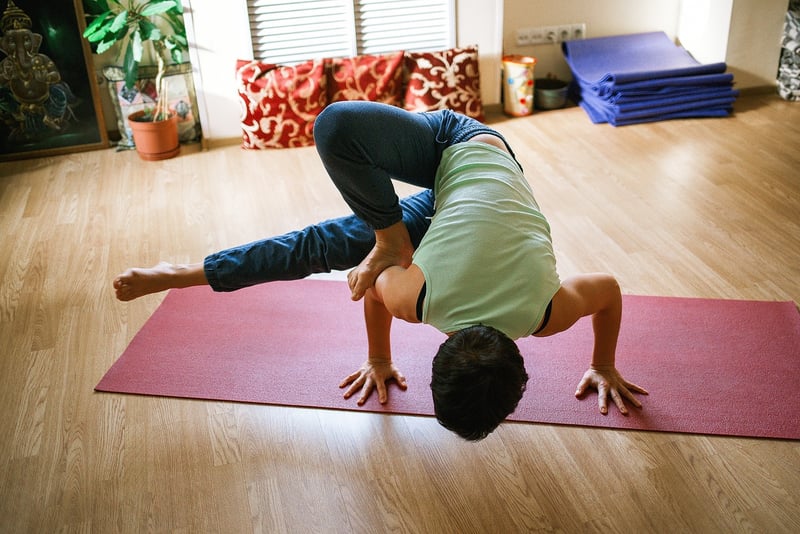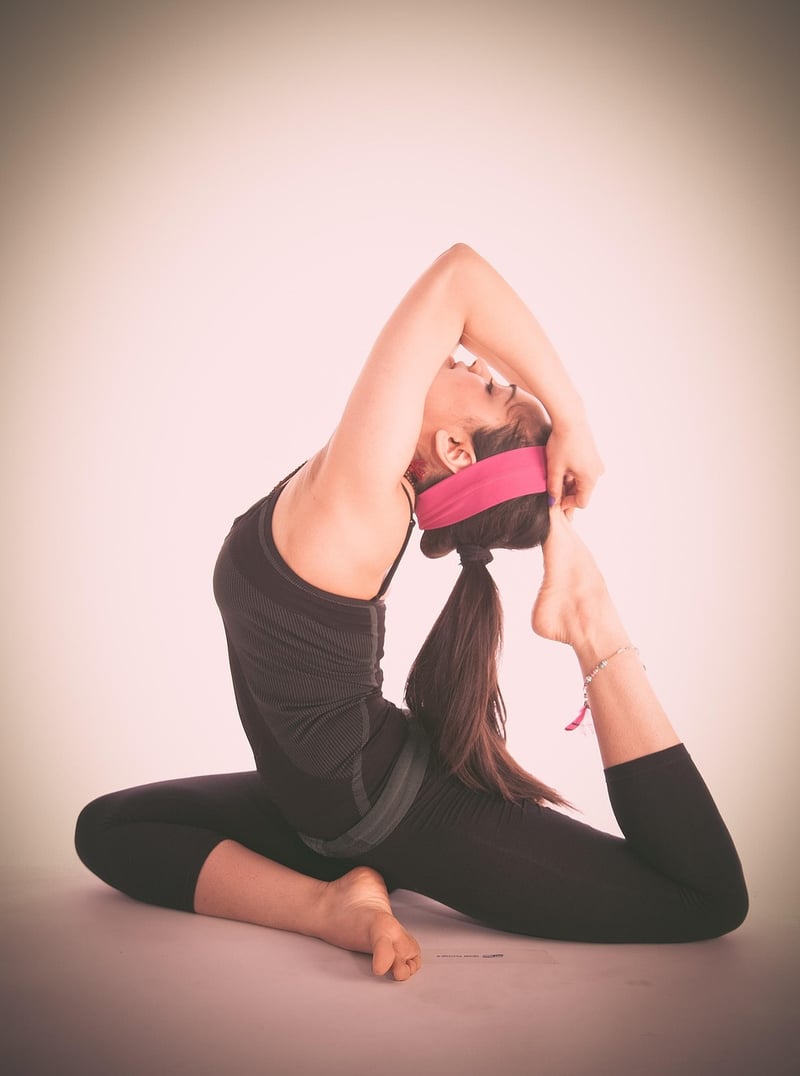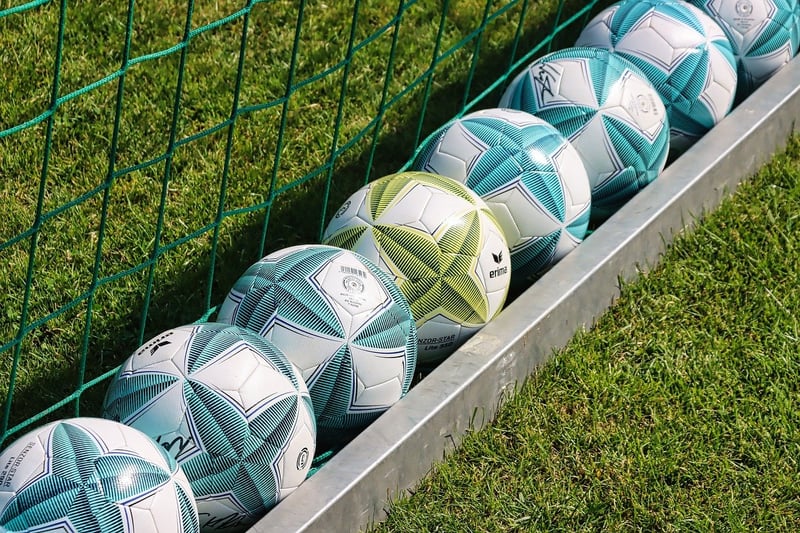Restorative Practice
The Power of Dynamic and Static Poses in Restorative Yoga Practice
Restorative yoga is a gentle form of yoga that focuses on relaxation and stress relief through various poses and breathing techniques. Within this practice, both dynamic and static poses play a significant role in helping practitioners achieve a state of deep relaxation and rejuvenation.
Dynamic Poses
Dynamic poses in restorative yoga involve gentle movements that help increase blood flow, improve flexibility, and release tension in the body. These poses are often sequenced together in a flowing manner, creating a sense of fluidity and ease. Dynamic poses can help warm up the body before moving into deeper stretches and static poses.

Static Poses
Static poses, also known as yin poses, are held for a longer duration, typically ranging from 1 to 5 minutes or even longer. These poses target the deeper connective tissues in the body, such as ligaments and fascia, promoting relaxation and improved flexibility. Static poses encourage practitioners to find stillness and focus on their breath, allowing for a deeper release of tension and stress.

Restorative Practice
Combining both dynamic and static poses in a restorative yoga practice offers a well-rounded experience that addresses both physical and mental well-being. Dynamic poses prepare the body for deeper stretches, while static poses allow for a profound release of tension and stress. The combination of these poses promotes relaxation, mindfulness, and a sense of inner peace.
Whether you are looking to unwind after a long day or improve your flexibility and overall well-being, incorporating dynamic and static poses into your restorative yoga practice can bring about a profound sense of relaxation and rejuvenation.
Begin your journey towards relaxation and inner peace today with a blend of dynamic and static poses in your restorative yoga practice!
